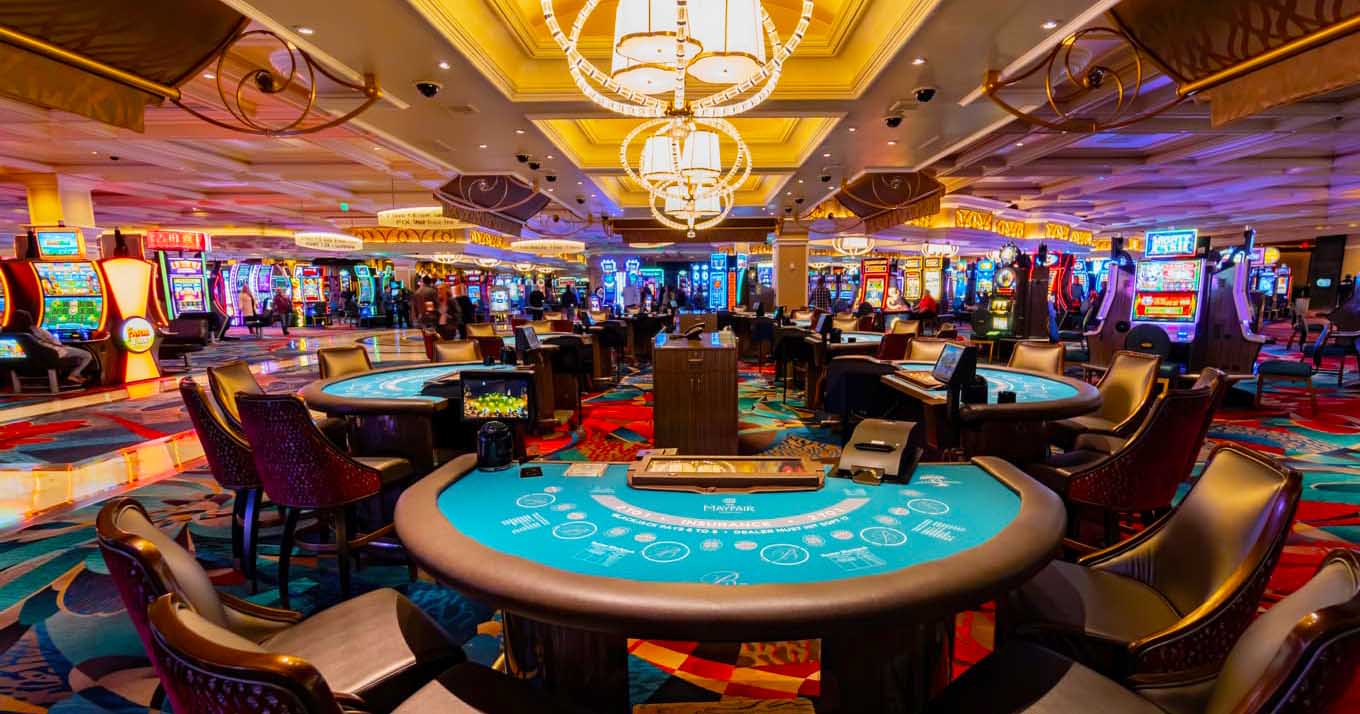The history of gaming machines is a captivating journey that mirrors the development of amusement and wagering throughout the ages. Beginning in their modest beginnings in the late 19th century to turning into a staple in casinos around the world, these chance games have gone through remarkable changes. Slot machine games have captivated players with their vibrant graphics, immersive themes, and the hope of wealthy jackpots.
At first made as analog machines with rotating drums and a small number of images, slot machines have evolved into sophisticated digital games that include advanced technology and interactive features. Today, they draw in millions of players, each hoping to hit the jackpot with just the pull of a handle or the press of a button. Exploring the fascinating history of these games unveils not just the story of a popular pastime, but also a depiction of cultural shifts and progress in technology over the ages.
One of the Beginnings of Slot Machines
The story of slot machines originates in the late 19th century, a time when machines were becoming popular in entertainment venues. A groundbreaking slot machine came into existence by Charles Fey in 1895, known as the Liberty Bell. It featured 3 spinning reels and five symbols: hearts, diamonds, spades, a horseshoe, and the legendary Liberty Bell. Players pulled a lever to spin the reels, and if the symbols matched in a particular combination, they would win a payout. Fey’s invention quickly captured the attention of gamblers and paved the way for future developments in casino slots games.
As the idea of the slot machine gained popularity, various inventors sought to improve upon Fey’s design. By the dawn of the 1900s, these machines were becoming a frequent presence in saloons and amusement parks. In 1907, the initial electromechanical slot machine was created by Herbert Mills, featuring a more intricate system of payout mechanisms and the iconic fruit symbols that are still associated with slots today. This evolution marked a major shift in the gaming industry, as machines became more engaging and user-friendly, attracting more players.
The popularity of slot machines remained high throughout the first half of the 20th century, leading to their widespread adoption in casinos across the United States. However, as legal restrictions on gambling during the Great Depression presented challenges for the industry. Many machines were banned, but this did not halt innovators. Instead, they adjusted by creating machines that dispensed candy or gum instead of cash prizes, effectively circumventing the restrictions while still offering the thrill of a casino slots game. This ingenuity kept the spirit of gambling alive, setting the stage for the eventual resurgence of slot machines in modern casinos.
Advancement of Gambling Machine Technology
The background of gambling machines commenced in the late 19th hundred years with the creation of the first traditional devices. Charles Fey, a West Coast engineer, introduced the Liberty Bell slot machine in 1895, which boasted three rotating reels and five symbols: hearts, diamonds, spade symbols, a lucky horseshoe, and the bell symbol itself. This straightforward yet captivating layout laid the basis for the future of slot games, creating an immediate attraction for players looking for excitement and a opportunity to earn.
As technology progressed, so did the design and operations of gambling devices. By the middle 20th century, electronic mechanical machines appeared, incorporating electrical components to improve gameplay and amplify payout possibilities. These improvements allowed for increased sophistication features like several paylines and greater jackpots. The casinos adopted these advances, leading to the growth of slot machines as a major contributor of income within the gaming industry, fundamentally changing the casino slots game experience.
The final 20th and early 21st centuries introduced the age of digital technology, leading to the debut of video slots. These gaming units replaced traditional reels with monitors, allowing even more creativity in themes and gameplay features. Players could now experience immersive graphics and sound effects, along with involving bonus rounds. The shift to internet gambling further transformed the gambling world, allowing slots available to a global population anytime and wherever, thus marking a fresh chapter in the evolution of gaming machine innovation.
A Cultural Impact of Slot Machines
These gaming machines have become more than just a means of leisure; they have woven themselves into the fabric of mainstream culture. Across movies and TV series to music and literature, these famous gaming machines often serve as emblems of chance and risk. Films like The Casino and Ocean’s Eleven prominently highlight slots, depicting them as thrilling yet unpredictable elements of the gambling experience. đá gà trực tuyến Their unique attraction lies in the noise of coins clinking, the revolving reels, and the bright flashing lights, which together create an electric atmosphere that captures attention.
Moreover, slot machines have shaped social gatherings and events, making them a focal point in casinos and gaming venues. Many people do not just visit a casino to gamble; they attend for the entire experience, which includes the social interactions and the lively ambiance surrounding these machines. Special contests and themed gaming nights centered around slots also showcase their popularity, fostering community engagement and collective fun among players. This social element has contributed to the machines’ lasting popularity.
The evolution of technology has also transformed this cultural impact. Digital and online slots have broadened access to these games far beyond the walls of physical casinos. Players can now get their favorite casino slot games from home or on the move, leading to the rise of online communities and discussion boards where enthusiasts share strategies and experiences. The continuous innovation in game design and the integration of storytelling have kept the cultural significance of slot machines alive, attracting new generations of players while maintaining a tie to their historical roots.

